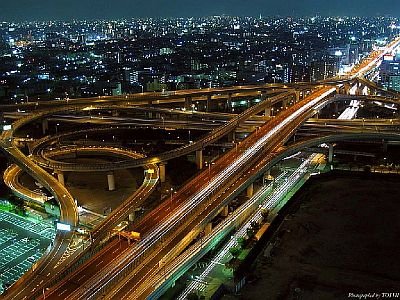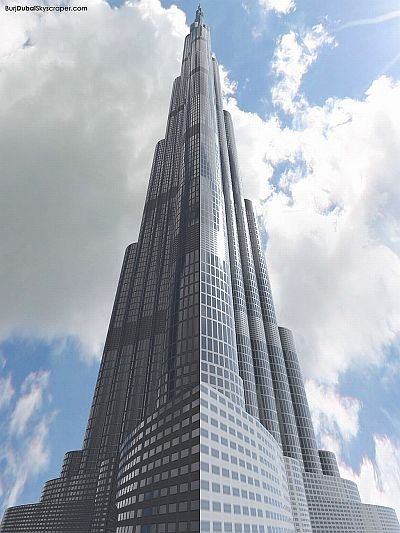The practice of Civil Engineering is extremely diverse, involving technical, legal, business & practical skills. It consists of various specializations like Structural Engineering, Project Management, Geotechnical Engineering and Surveying. The ability to combine skills in all these areas will contribute significantly to the success of a civil engineer.

To provide an overview of factors which are relevant to the successful practice of structural engineering, we have to look at the role of a structural engineer, understanding the needs and objectives of a client, the difficulties and conditions faced on site and the constraints put down by the Architect. A structural designer is capable of calculating different loads and stresses acting on a structure and designing the structure to resist there forces. For tall buildings, towers, tunnels, roads, marine structures, bridges and even space stations, structural designers are called upon to provide their expertise to ensure the stability of the structures.
Structural engineering is a field of engineering dealing with the analysis and design of structures that support or resist loads. A structural designer has to constantly keep abreast of the latest technological developments in the field of material sciences. Many new earthquake-resistant techniques are developed every year. A good engineer would incorporate all the best practices in the industry. Continuously learning and innovation are very integral part of this profession.

The biggest objective of any client, be it a real estate developer or a contractor, is to minimize costs. It is the duty of a structural designer to design the structure in the most optimal way, so as to keep the costs of construction to a minimum. Sometimes, to save money, complexity has to be reduced and the design has to be made more simple in order to enable the work to go on at a faster pace. It is necessary to standardize sizes of beams and columns, so that the contractor can speed up construction.
In the field of structural design, an engineer has to make a lot of compromises. There are additional constraints introduced by the architect. A structural designer might have limited options. He may be asked to work with too few columns. There could be a very large span cantilever beam or slab. Maybe there could be a special request for using hidden beams so as to not impede the view, or to design a flat slab.

A good structural designer would maintain a balance between what his clients want, and what can be considered safe. It is a very important job. You design a building to last for 80 years. During this long duration, concrete gets old and cracks. It can no longer have sufficient strength due to aging. The steel rods start weathering away due to oxidation. There might be occasional earthquake and other natural phenomenon which put tremendous load on the structure. So, while designing the structure, all these points must be considered. You have to identify and manage project risk.
These days, the structures have become extremely complex. And as this complexity continues to grow, manual structural design has become very difficult. So, most of the work is done on computers, using software like SAP2000, Etabs and Staad Pro. It allows for a complete 3-dimensional analysis of the structure for different forces which might act on the structure.
Structural designing is a very interesting and innovative field. It is extremely rewarding and fascinating to design structures that can stand the test of time, and attracts the best in the field of Civil Engineering.
roads in Japan are very good, not comparable to other countries
Burj Dubai is one of the greatest structural design for this millennium but let us see the strength of its foundation on their vision of reaching 80 years.
thanks!very helpful information.
thanx and more detail information on design of multy storey buildings needed
good information